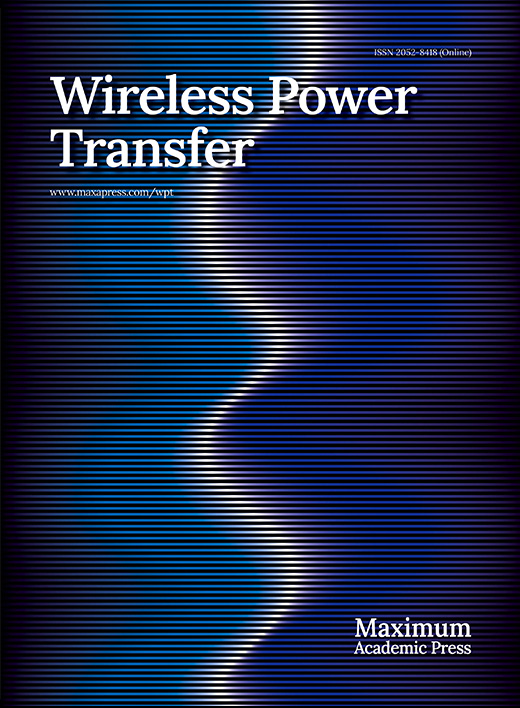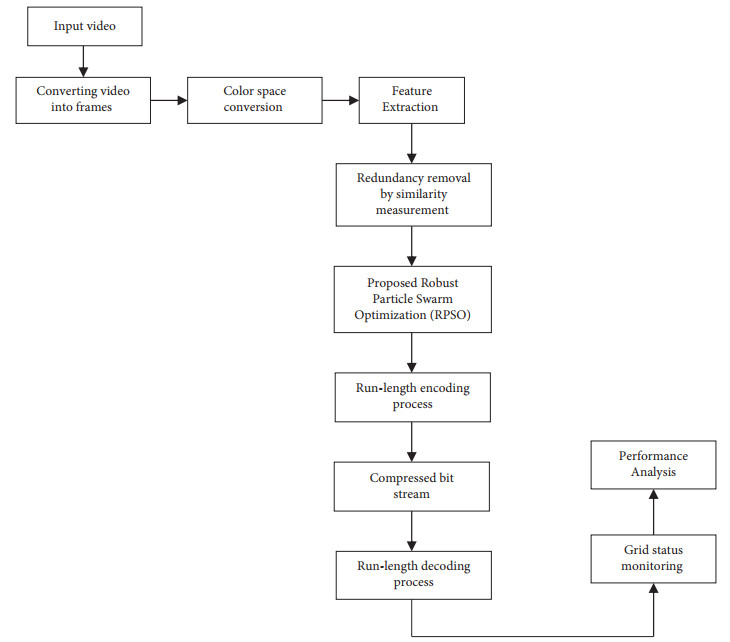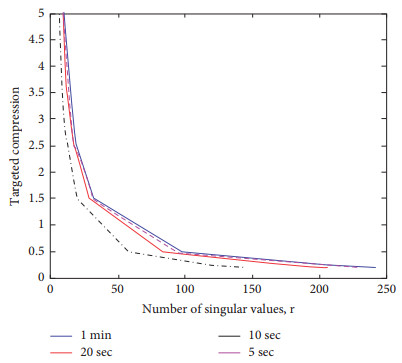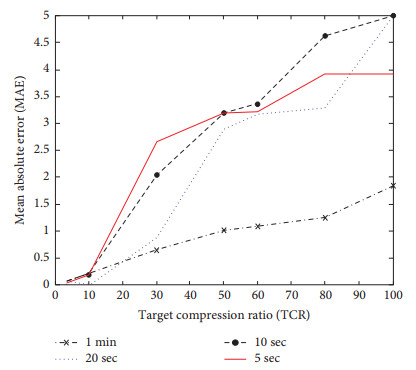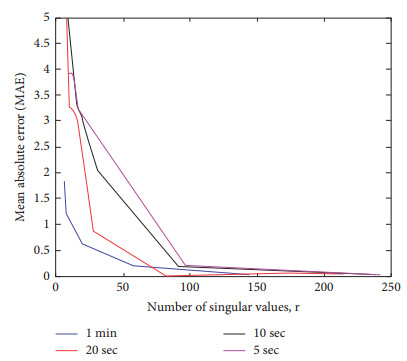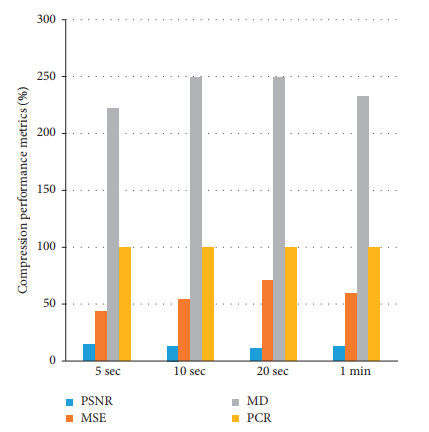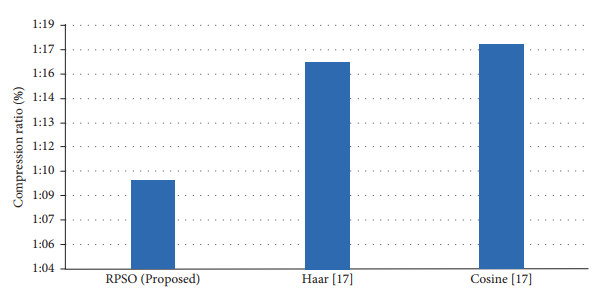-
About this article
Cite this article
He H, Gao Y, Zheng Y, Liu Y. 2021. Intelligent Power Grid Video Surveillance Technology Based on Efficient Compression Algorithm Using Robust Particle Swarm Optimization. Wireless Power Transfer 8: 8192582 doi: 10.1155/2021/8192582
Intelligent Power Grid Video Surveillance Technology Based on Efficient Compression Algorithm Using Robust Particle Swarm Optimization
Abstract: Companies that produce energy transmit it to any or all households via a power grid, which is a regulated power transmission hub that acts as a middleman. When a power grid fails, the whole area it serves is blacked out. To ensure smooth and effective functioning, a power grid monitoring system is required. Computer vision is among the most commonly utilized and active research applications in the world of video surveillance. Though a lot has been accomplished in the field of power grid surveillance, a more effective compression method is still required for large quantities of grid surveillance video data to be archived compactly and sent efficiently. Video compression has become increasingly essential with the advent of contemporary video processing algorithms. An algorithm's efficacy in a power grid monitoring system depends on the rate at which video data is sent. A novel compression technique for video inputs from power grid monitoring equipment is described in this study. Due to a lack of redundancy in visual input, traditional techniques are unable to fulfill the current demand standards for modern technology. As a result, the volume of data that needs to be saved and handled in live time grows. Encoding frames and decreasing duplication in surveillance video using texture information similarity, the proposed technique overcomes the aforementioned problems by Robust Particle Swarm Optimization (RPSO) based run-length coding approach. Our solution surpasses other current and relevant existing algorithms based on experimental findings and assessments of different surveillance video sequences utilizing varied parameters. A massive collection of surveillance films was compressed at a 50% higher rate using the suggested approach than with existing methods.


